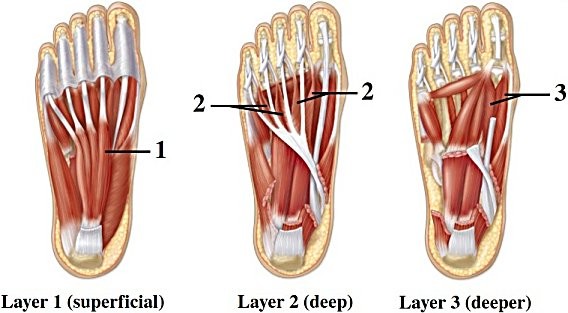Radiation
a. refers to heat emission from a warm object in the form of electromagnetic waves.
b. is only a source of heat loss for the body (i.e., the body can lose but not gain heat by radiation).
c. refers to the transfer of heat by direct contact between a warmer and cooler object.
d. involves the continued cycling of cool air over the body.
e. refers to the transformation of water from a gaseous to a liquid state.
A
You might also like to view...
Parasympathetic preganglionic fibers arise from the ____________________ and ____________________ areas of the CNS
Fill in the blank(s) with correct word
Which type of plastids store food?
a. chloroplasts b. chromoplasts c. leukoplasts d. granum
Multiple sclerosis (MS) is a disease in which the myelin sheaths are destroyed in the brain and spinal cord. With what process does this interfere and what would be the consequences?
What will be an ideal response?
 These figures show the intrinsic muscles of the right foot. What muscle or group does number 2 indicate?
These figures show the intrinsic muscles of the right foot. What muscle or group does number 2 indicate?
A. Interossei B. Flexor digitorum brevis C. Abductor digiti minimi D. Abductor hallucis E. Lumbricals